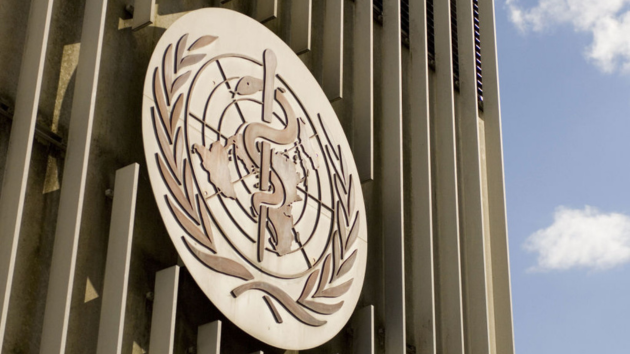After Mexican president tests positive for third time with COVID, what do we know about reinfection?
Written by ABC Audio All Rights Reserved on April 26, 2023

(NEW YORK) — Over the weekend, Mexican President Andres Manuel Lopez Obrador said he had tested positive for COVID-19, his third time battling the virus.
Lopez Obradour, who suffered a heart attack in 2013, wrote on Twitter on Sunday that his case is mild and that “my heart is at 100 percent.”
Studies suggest that most Americans have been infected with COVID at least once but a growing number have been infected multiple times.
The Centers for Disease Control and Prevention does not provide reinfection data but state-level data paints a varied picture.
Data from the New York State Department of Health shows that about 8.5% of total infections are reinfections. In Washington state, about 1% of all infections are reinfections as of October 2022, the latest date for which data is available, the state health department said.
Experts say reinfection is caused by a number of factors — including waning immunity and more transmissible variants — but the risk is highest for those who are vulnerable to serious complications from COVID.
What is the risk of being reinfected?
There are several factors tied to a person’s likelihood of being reinfected.
As of March 19, CDC data shows the COVID-19 case rate for unvaccinated people was 81.11 per 100,000 — more than three times higher than the rate of 25.81 per 100,000 among people fully vaccinated and boosted.
While being fully vaccinated and getting the bivalent booster shot can lower the risk of reinfection, studies have shown that immunity does wane over time.
Additionally, the chances of reinfection increases if a person lives in a county with high community transmission levels versus low transmission levels.
Another study from the CDC looked at essential workers who had previously been infected. It found that being unvaccinated, not frequently wearing a mask since first infection and being Black all increased the risk of being reinfected.
“The reality is three years into the pandemic, we know that infection is dependent on a variety of factors, including prior immunity,” said Dr. John Brownstein, an epidemiologist and chief innovation office at Boston Children’s Hospital and an ABC News contributor. “It’s not impossible especially over a long period of time, with immunity waning, whether that’s through infection or through vaccination.”
He continued, “We’ve seen many people with two, three, even four times COVID infection. It’s related to behavior. It’s related to practices around masking or travel.”
Role of variants
Currently, XBB.1.5, a subvariant of omicron, makes up the majority of new COVID cases in the U.S., CDC data shows.
Meanwhile, another subvariant, XBB.1.16, which was first detected in India, makes up nearly 10% of new cases.
Dr. Maria van Kerkhove, the World Health Organization’s technical lead for COVID-19, said at a briefing that the variant “has one additional mutation in the spike protein, which in lab studies showed increased infectivity.”
Currently, no data suggests XBB.1.16 causes an increase in more severe illness, hospitalizations or deaths.
Brownstein said it’s important to stay vigilant because a new variant could change how likely reinfection is.
“We still have concern about being thrown a curveball when it comes to variants,” Brownstein said. “So far, we’re seeing a pretty predictable path along this omicron front but it is possible we’ll see something completely out of left field that could challenge that underlying immunity that we’ve had from previous infections and vaccines.”
Is reinfection dangerous?
Brownstein said there has been conflicting data on whether or not COVID reinfection raises the risk of chronic illness. Having a prior infection, however, does offer some protection, experts say.
“At the end of the day having the underlying immunity is beneficial … some level of immunity will provide some cross protection to new variants,” he said.
Brownstein said there is still a risk for those who are more likely to have severe complications from COVID-19, including the elderly and those who are immunocompromised.
Additionally, every COVID infection increases the risk of someone developing long COVID, which occurs when a person has ongoing symptoms of COVID lasting three months or longer.
“The concern that we have is not just about hospitalizations and deaths; it’s the long-term chronic impact of COVID,” Brownstein said. “And each time that you get infected, there’s a potential for having longer-lasting symptoms, which we’ve seen strong data support, how debilitating some of these impacts can be for the population.”
Copyright © 2023, ABC Audio. All rights reserved.






